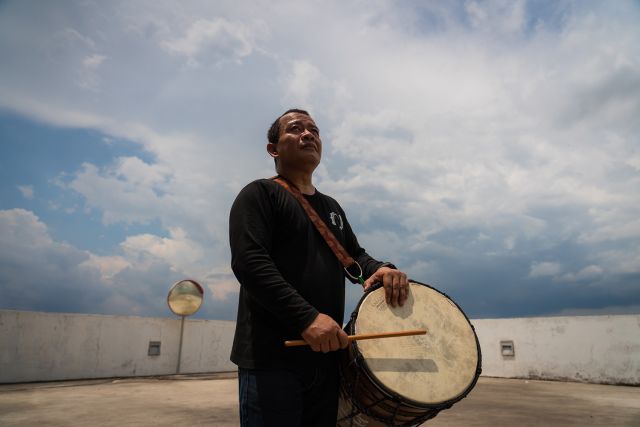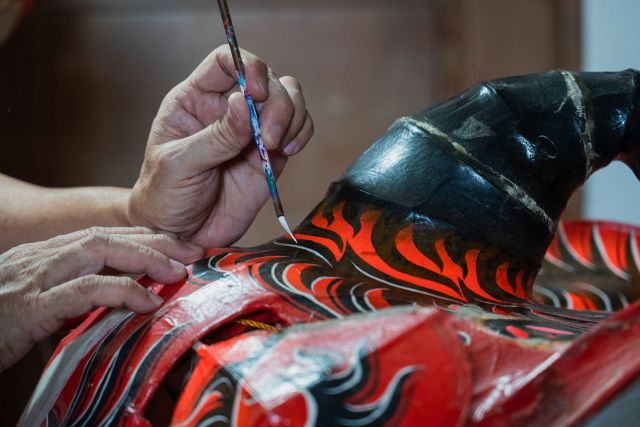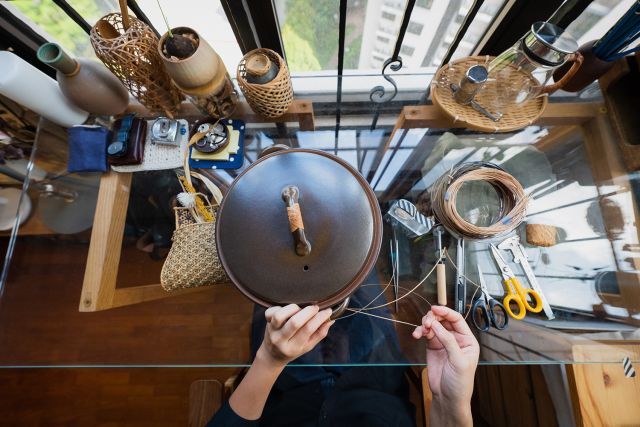The beadwork part of the sandals are all stitched individually by hand with tiny Japanese tubular beads and round beads. The multicolour design has been carefully chosen to reflect a pair of butterflies which are, in Peranakan Chinese culture, often associated with love.
Length 21.5 cm
Width 9 cm
Height 6 cm
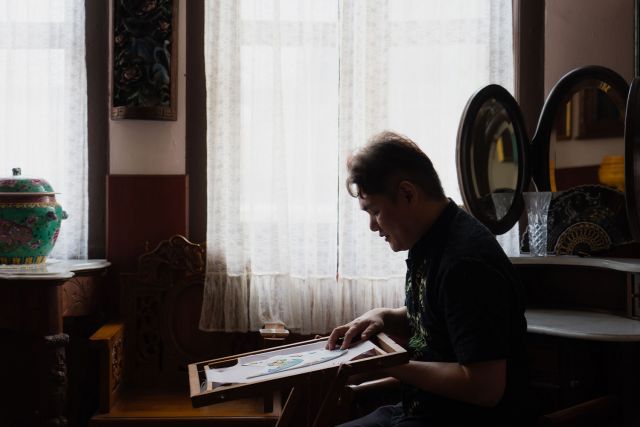
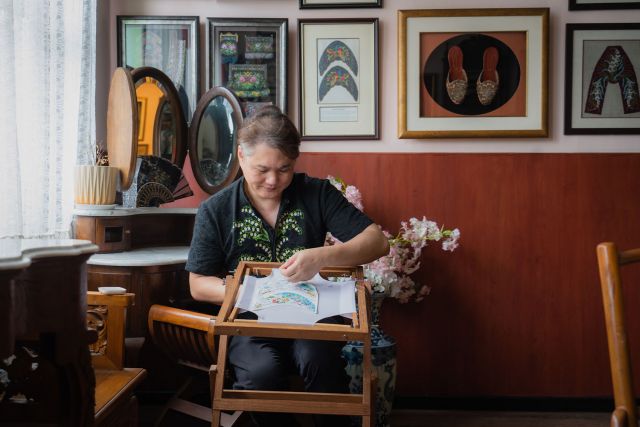
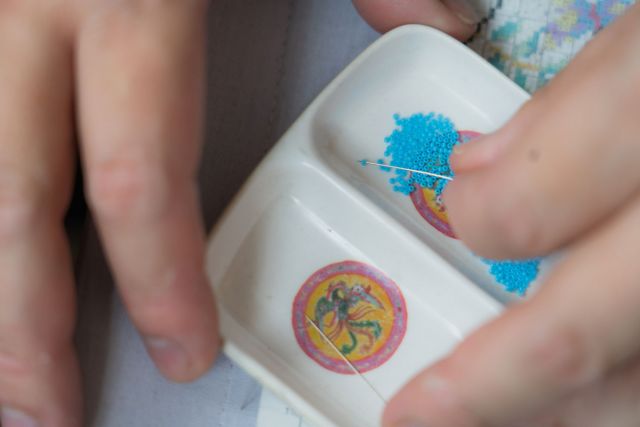
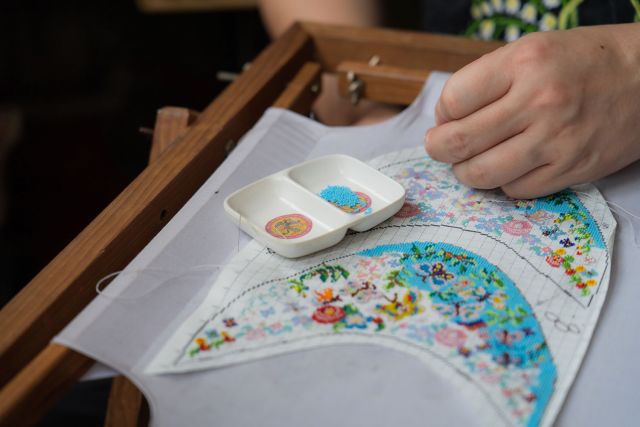
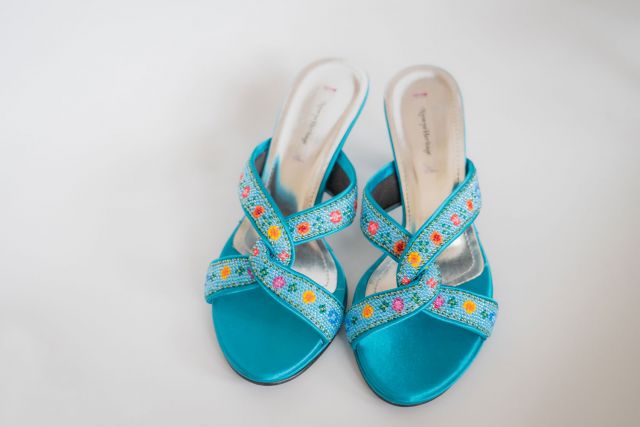
Raymond Wong
- Rumah Kim Choo
- Beadworker
- Singapore, Singapore
- Master Artisan
Daily 09:30 - 20:30
+65 98550024
Traditional Pernakan beadworks
- • Raymond is an embroiderer, a fashion designer and a teacher
- • He is preserving a unique Nanyang heritage
- • His first pair of beaded shoes took 18 months and more than 54,000 beads to complete
Raymond Wong is a practitioner of beadwork and embroidery in Singapore. He is also a fashion designer at Rumah Kim Choo, which was founded by his paternal Peranakan grandmother, Nyonya Lee Kim Choo. He grew interested in beadwork and embroidery in 2005 while being surrounded with his family’s culture in the family-run business. He also used to collect antique beadwork from all around the world to understand the different techniques and improve his. Today, such is the Raymond's passion for Peranakan beadwork he has built a strong reputation for his craftmanship – enough to be commissioned by the Singapore government to create a Peranakan shawl which was given to Michelle Obama on her visit as First Lady.
Read the full interviewWorks
Photo: Nicky Loh © Michelangelo Foundation

Photo: Nicky Loh © Michelangelo Foundation
This leather card pouch is decorated with Peranakan beadwork. The smaller the beads, the longer it takes one artisan to complete the bead embroidery. The bird set among flowers design symbolises happiness in Peranakan Chinese culture.
Length 9 cm
Width 11.5 cm
Height 2 cm

Photo: Nicky Loh © Michelangelo Foundation
This card pouch is decorated with Peranakan beadwork. Every bead is individually stitched. The design on the beadwork is a tessellated design of the tiles often seen on the pre-war façades of the residential houses and shophouses of Singapore.
Length 9 cm
Width 11.5 cm
Height 2 cm

Photo: Nicky Loh © Michelangelo Foundation
The inspiration for this evening clutch bag comes from earlier versions of Peranakan beaded slippers, in which beadwork was done onto a velvet surface. The quiet brown tone of the velvet is highlighted with Swarovski crystals and beaded multicolour flowers in the middle of the flap.
Length 24 cm
Width 4 cm
Height 15 cm

Photo: Nicky Loh © Michelangelo Foundation
This pair of vintage turquoise Lion beaded Nyonya slippers were probably made during the 1940s. The Peranakan beadwork style was influenced by Victorian cross stitches. The microscopic size of the beads shows the patience needed to achieve a pair.
Length 18 cm
Width 7 cm
Height 3 cm





